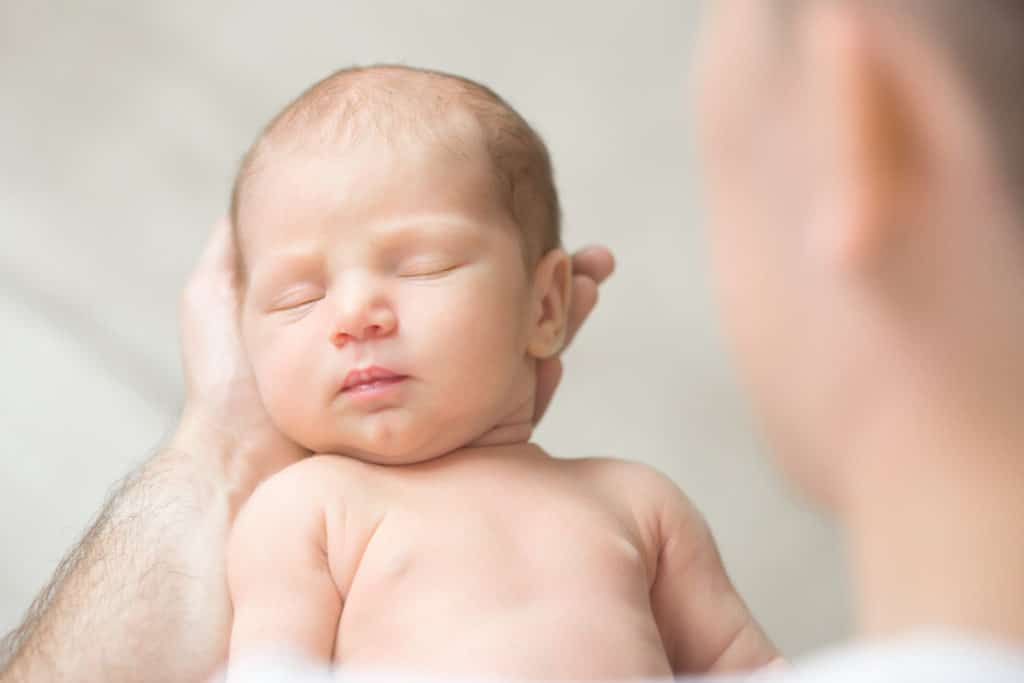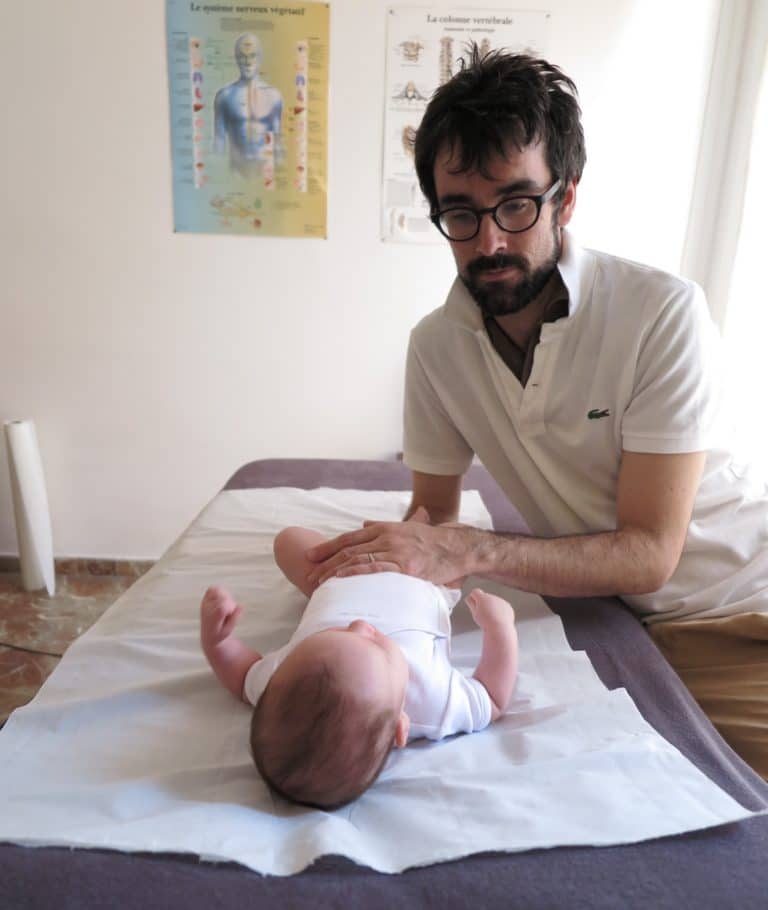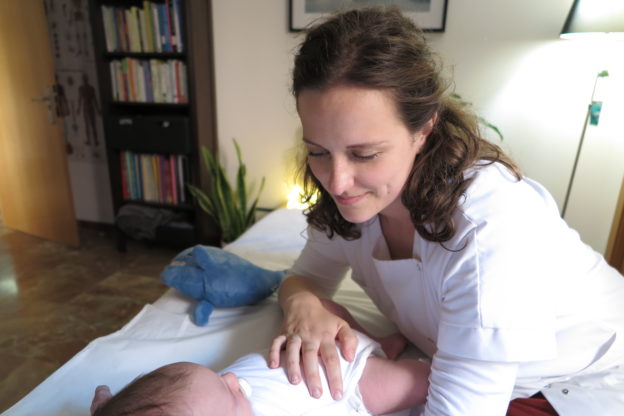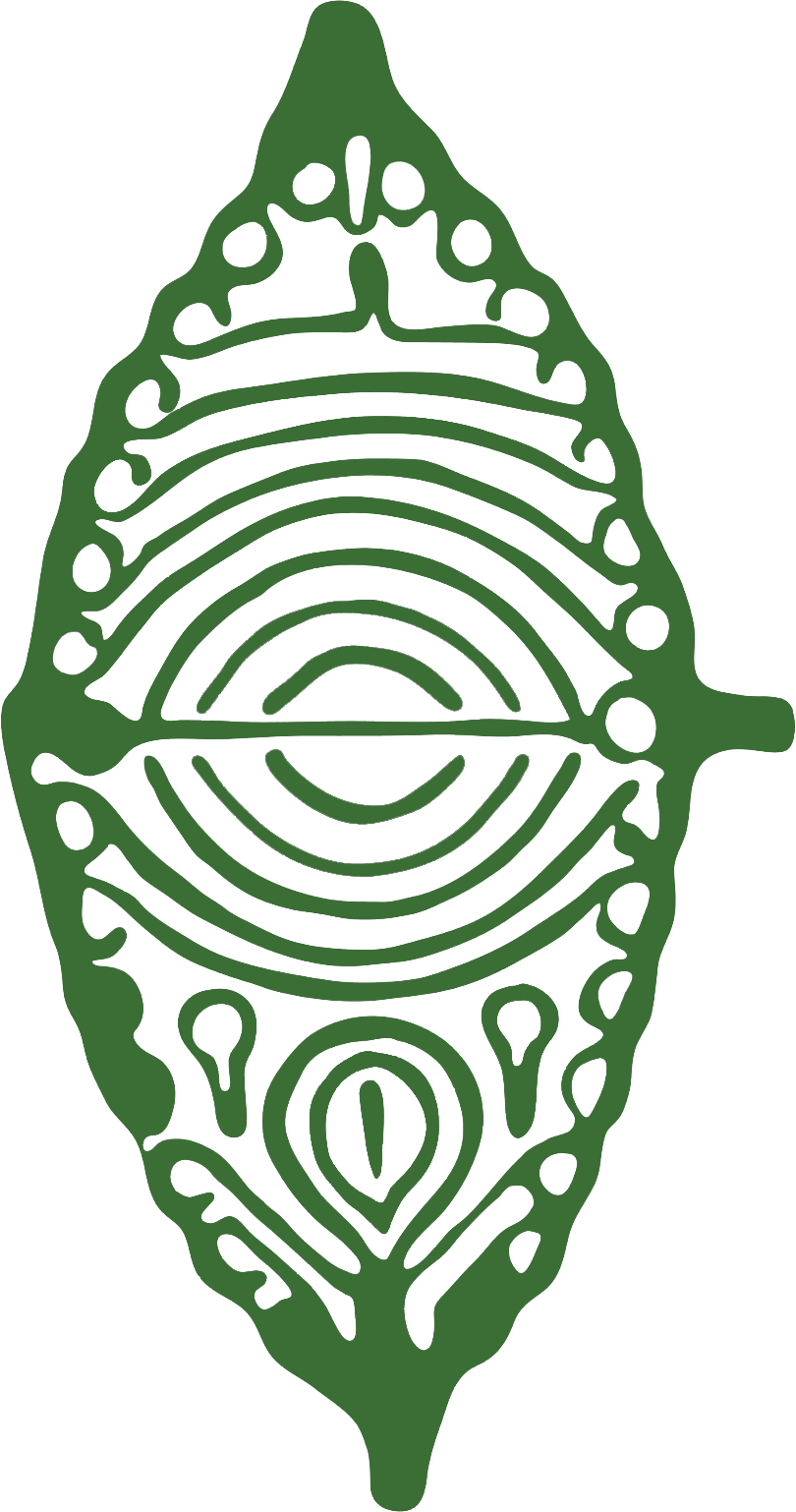Support for crying
Addressing the issue of crying is complex, as it is subject to multiple interpretations and controversies.
There are several possible interpretations that try to interpret babies' cries, providing advice and explanations to help parents who do not understand what is happening to their baby when he or she starts to cry, sometimes very intensely.

Why do babies cry?
A baby cries because it is his only means of communication, and it is his way of showing himself to the world and to those around him.
The first thing we think of is hunger. This is a basic physiological need, but not the only one.
It may also cry because it wants to be changed, to be repositioned, because it is hot or cold, because it wants attention, etc.
These are communication cries.
But parents often say that no matter how much they respond to their baby's needs, they still don't understand why he cries. Often they are cries of healing, of liberation.
This cry is sometimes misunderstood and very stressful, even distressing for young parents who do not understand what is happening to their baby and see all kinds of interpretations. This discharge cry is totally physiological, natural and healthy for the baby who regulates and relaxes his nervous system through it.
The baby just needs to let off steam, but in company.
It goes without saying that it is not allowed never let the baby cry alone, always keep him in mind and stay with him.
A baby may also cry to release old or recently accumulated tensions.
In our practice, when we see a baby or child, we share our vision and explanation of the benefits of crying support to parents. The starting point is that crying is a natural, physiological and healthy way for babies to release their tensions (of all kinds: emotional and physical).

Why the crying?
Because until the baby can speak and make itself understood, it is his or her only way to communicate with those around them. Babies cry when they are hungry, when they feel discomfort such as the need for a nappy change or a change of position, when they do not like the heat or cold, when there is too much noise or light, or to demand attention.
But not only that, it also cries to release accumulated tension, it is a healing cry. Yes, a baby senses nervousness, feels environmental stress and the concern of the people around him.
To summarise: There are communicative cries and healing cries. Unfortunately, it is often the latter cries that are repressed and misunderstood. The bibliographical reference is the American paediatrician Aletha Solter, whose books "Crying and anger in infants and babies" and "My baby understands everything", among others, which we highly recommend reading, explain very well the interest of accompanying a child's cry.
Our experiences in practice with babies and also our work in maternity wards have gradually led us to understand the value of accompanying babies' cries. In particular, by observing the relaxation and release created by their crying and also by patients' comments on the radical changes in their little one. Disappearance of colic, better sleep, smiling, etc.
Why does a baby need to discharge and from what?
In our experience as osteopaths, babies are sponges, they absorb everything around them: the pleasant and the unpleasant, including all the stresses that affected the mother (especially at the beginning) during pregnancy and the first months of life, as well as the stresses of caregivers, family, etc.
In addition, babies are often overstimulated in the first months, which saturates their nervous system and creates an "overload".
Babies are also in a situation of total dependence on their environment, which generates a lot of frustration, which is inevitable even for parents who do things as perfectly as possible.
Once born, the baby will try to free itself from this overflow by the most effective means at its disposal: crying.
The difficulty for parents, and especially for young mothers, is to understand what is happening.
In fact, these cries of shock are often unbearable. The child's behaviour can be very distressing, as no one can explain what happens when a child cries. The usual reflexes are to soothe the child by all possible means: suckling, dummy, rocking, playing, etc.
Parents believe they are doing the right thing, because they interpret this crying as suffering and pain, when in fact it is often the opposite: it is a healing and soothing cry. By soothing the child in this way, parents may induce, in spite of themselves, control mechanisms that tell the child that he or she should not cry or that crying is bad.
The child will eventually calm down. Aletha Solter calls this child resilience. Indeed, it works! But the tensions remain and prevent the child from relaxing completely.

Supporting crying does not mean letting the child cry alone in bed. A child should never be left alone to cry.

Another possible way forward: supporting your baby
Another way is possible, and it is the one we have been practising and recommending for the last 10 years. it is important to be attentive to your baby's cries. It is not obvious, but with a little practice it becomes second nature. We see it every day in our practice.
Supporting crying does not mean letting a child cry alone in bed. A child should never be left to cry alone.
Crying requires the full presence and total listening of the accompanying parent. Therefore, it is important to hold the child in your arms and to be stable and calm, it is very important to be able to listen to the baby.
It is important that the baby feels that the parents are calm and relaxed.
This will create a sense of trust in the child and a sense of security that he or she can rely on the parents. Empathic bonding is also essential for the baby to feel understood and loved, especially at this time of great vulnerability. (As adults, we also need it to be able to surrender and release ourselves).
The baby is going through a process and we are only there to support him/her. In the consultation, we always take the time to explain this to the parents while performing our osteopathic examination of the newborn's body.
Training and support for patients
Lorem ipsum dolor sit amet, consectetur adipiscing elit. Integer augue augue, venenatis id pulvinar et, dictum non velit. Donec eu quam non purus volutpat venenatis et ut nulla. Proin nibh nisl, consequat vel consectetur porta, porttitor sed leo. Mauris commodo risus felis, mollis luctus est fermentum nec. Donec urna neque, semper quis lectus at, tincidunt venenatis tortor. Sed maximus porta ipsum vel convallis. Aliquam finibus lacus erat, a fermentum lectus maximus sed. Phasellus orci est, congue eget porta at, feugiat sed tortor. Sed hendrerit in ipsum eget fermentum.

- Lorem ipsum dolor sit amet, consectetur adipiscing elit.
- Aliquam fringilla nunc ut dolor iaculis, in rutrum nibh euismod.
- Quisque molestie ex cursus lacus maximus, eu auctor est commodo.
- Pellentesque tristique velit tincidunt turpis cursus, et facilisis neque placerat.
- Proin a eros quis lectus hendrerit dapibus eget in nisl.
- Fusce fermentum est at justo malesuada hendrerit.
- Aliquam molestie ligula non metus semper gravida.
- Sed sed sed leo leo eget tortor pharetra posuere.
Are you interested in this topic?
More information on the website of Aware Parenting.
Please do not hesitate to contact us for advice on books or podcasts on the subject.

